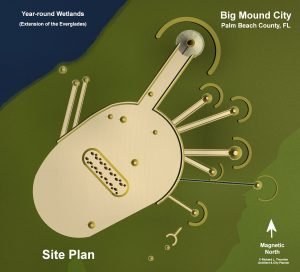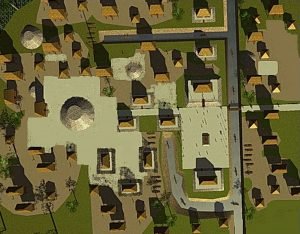Jeaga Indians
Jeaga Tribe – Meaning unknown. Connections. The Jeaga are classed on the basis of place names and location with the tribes of south Florida, which were perhaps of the Muskhogean division proper. Location. On the present Jupiter Inlet, on the east coast of Florida. Villages. Between this tribe and the Tequesta the names of several settlements are given which may have belonged to one or both of them, viz: Cabista, Custegiyo, Janar, Tavuacio. History. The Jeaga tribe is mentioned by Fontaneda (1854) and by many later Spanish writers but it was of minor importance. Near Jupiter Inlet the Quaker Dickenson … Read more



